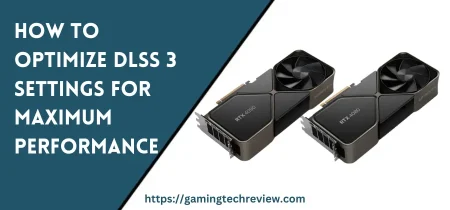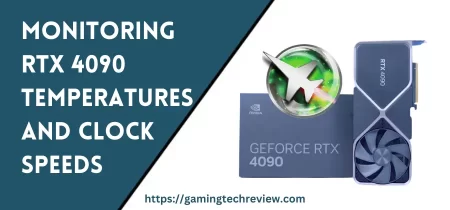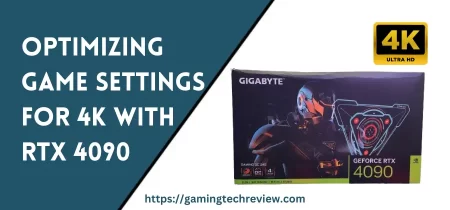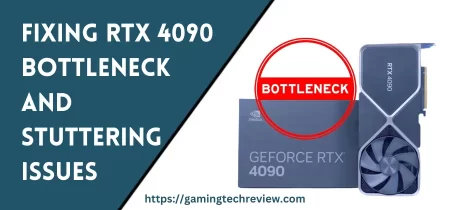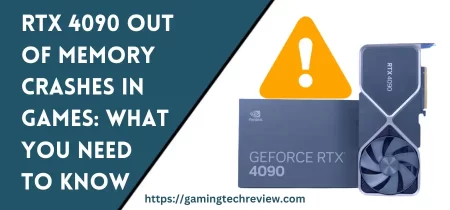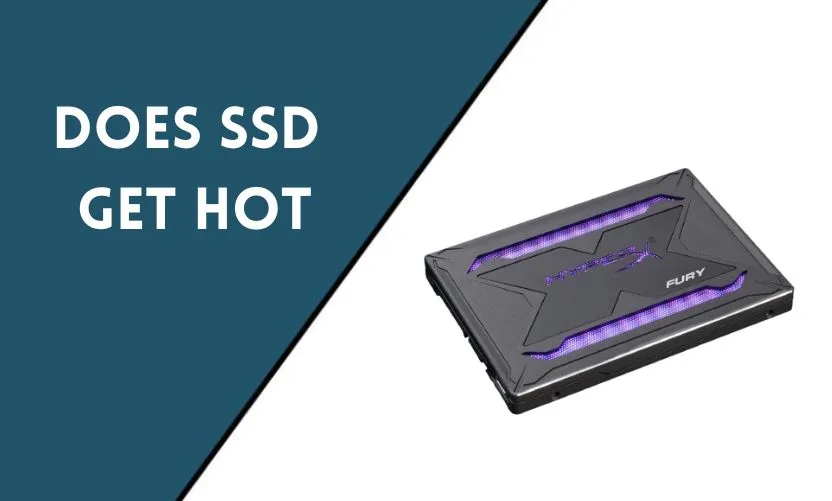
Solid State Drives (SSDs) have become increasingly popular over the years, mainly due to their fast read and write speeds and the fact that they don’t have any moving parts like traditional Hard Disk Drives (HDDs). However, with the increase in performance comes an increase in heat generation. In this article, we’ll explore whether SSDs get hot and, if so, what causes the heat and how it affects the drive’s performance.
What is SSD?
Before we dive into whether SSDs get hot or not, it’s important to understand what SSDs are. SSDs are storage devices that use NAND-based flash memory to store data. They have no moving parts and rely on electronic circuits to read and write data. Compared to traditional HDDs, SSDs have faster read and write speeds and are more reliable since they don’t have any moving parts that can break or fail.
The Heat Generation of SSDs
All electronic devices generate heat, and SSDs are no exception. The heat generated by SSDs can be attributed to a number of factors such as the NAND chips, controller, and other components that are used to power the drive. While SSDs do generate heat, it’s not as much as traditional HDDs since they don’t have any spinning disks or motors that generate heat.
Factors Affecting SSDs Temperature
The temperature of an SSD can be influenced by a number of factors such as the workload, the size of the drive, and the type of NAND used. Workload refers to the amount of data being read or written by the drive. Larger drives tend to generate more heat since they have more NAND chips and controllers. Additionally, the type of NAND used can also influence the temperature of the drive. TLC and QLC NAND tend to generate more heat compared to MLC and SLC NAND since they require more power to read and write data.
The Impact of Heat on SSDs
While SSDs can generate heat, it’s important to note that they are designed to operate within a certain temperature range. Excessive heat can cause the SSD to slow down or even fail. SSDs have built-in temperature sensors that monitor the temperature of the drive and will reduce performance or shut down the drive if it gets too hot.
How to Monitor the Temperature of an SSD
Most SSDs come with software that allows you to monitor the temperature of the drive. Alternatively, you can use third-party software such as HWMonitor or CrystalDiskInfo to monitor the temperature of your SSD. It’s important to keep an eye on the temperature of your SSD to ensure that it’s not getting too hot and to take appropriate action if it is.
Tips to Keep Your SSD Cool
There are a number of things you can do to keep your SSD cool. First, ensure that your computer has proper ventilation to allow air to flow through and dissipate heat. You can also add additional fans or a liquid cooling system to help keep your computer cool. Additionally, you can reduce the workload on your SSD by storing data on other drives or external storage devices. Finally, you can move your computer to a cooler location or use a laptop cooling pad to keep the temperature down.
Conclusion
In conclusion, SSDs do generate heat, but not as much as traditional HDDs. The heat generated by SSDs is influenced by a number of factors such as workload, drive size, and NAND type. While SSDs are designed to operate within a certain temperature range, excessive heat can cause the drive to slow down or even fail. To keep your SSD cool, ensure that your computer has proper ventilation, reduce the workload on your SSD, and monitor the temperature of the drive regularly.
Frequently Asked Questions
Can heat affect the lifespan of an SSD?
Yes, excessive heat can shorten the lifespan of an SSD. It’s important to keep the temperature of the drive within the recommended range to ensure that it operates efficiently and lasts longer.
Can using a laptop cooling pad help reduce the temperature of an SSD?
Yes, using a laptop cooling pad can help keep the temperature of your laptop and the SSD down. It allows for better airflow around the laptop and helps dissipate heat.
Is it safe to use third-party software to monitor the temperature of my SSD?
Yes, it’s safe to use third-party software to monitor the temperature of your SSD. However, it’s important to download software from reputable sources to avoid downloading malware or viruses.
Can heat cause data loss on an SSD?
Yes, excessive heat can cause data loss on an SSD. It’s important to keep your SSD cool to prevent any potential data loss.
Are SSDs more prone to overheating compared to HDDs?
No, SSDs are not more prone to overheating compared to HDDs. In fact, SSDs generate less heat than HDDs since they don’t have any spinning disks or motors that generate heat.

